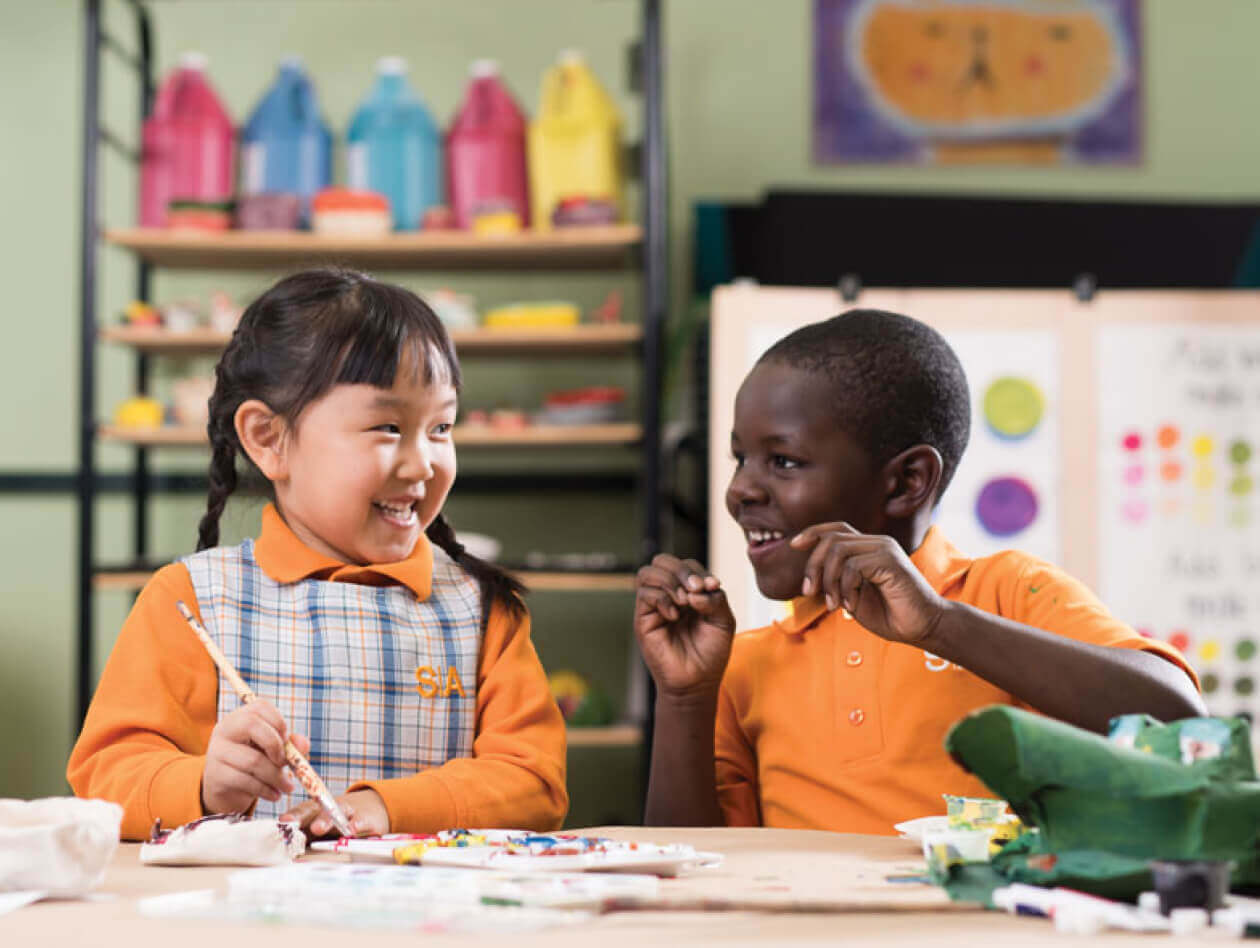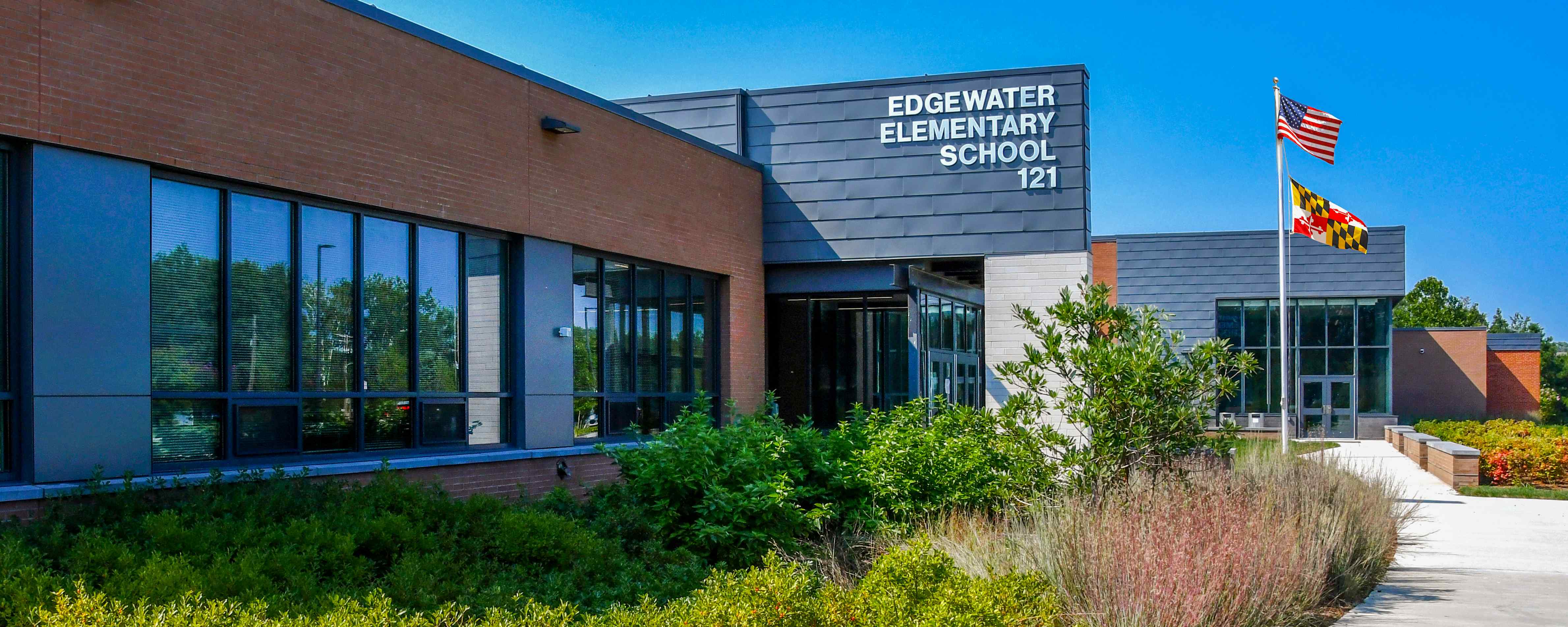How Kindergarten encourages creativity and curiosity in early learners
Imaginative Learning Activities in Kindergarten: Enhancing Skills Via Play and Interaction
Imaginative learning activities in kindergarten offer as fundamental experiences for young students (Kindergarten). These activities encourage skill advancement with spirited interaction and social communication. Youngsters discover their creative thinking, enhance communication, and find out important social skills. Each experience adds to their development in special means. Recognizing exactly how these tasks form very early development discloses the profound impact of play in education and learning. What certain components make these experiences so effective in nurturing all-round people?
The Function of Play in Early Childhood Advancement
While several may underestimate the significance of play, it serves as an essential component of early childhood years growth. Via play, kids explore their environments, foster social skills, and create cognitive capabilities. Involving in unstructured activities permits them to utilize their creativity, try out analytic, and boost their essential reasoning skills. Additionally, play provides a risk-free area for emotional expression, making it possible for kids to navigate their sensations and develop strength.
In addition, play encourages physical growth as children involve in tasks that improve their electric motor abilities and sychronisation. Communication with peers during play advertises teamwork and interaction, laying the foundation for future connections. Kindergarten. Educators and parents acknowledge that play is not just a pastime but an essential aspect of discovering, forming a child's capability to thrive and adapt in different scenarios. Ultimately, play enriches children's lives, preparing them for the difficulties of the future while cultivating a long-lasting love for learning
Creative Arts and Crafts: Stimulating Creativity
Innovative arts and crafts play a substantial duty in igniting children's creativities and improving their innovative skills. These tasks urge self-expression via numerous tools, such as paint, drawing, and sculpting. By participating in hands-on projects, children learn to control products, cultivating great electric motor abilities and hand-eye control.
Innovative arts supply a platform for analytical and vital reasoning, as youngsters check out different techniques and approaches to their productions. This expedition allows them to experiment, choose, and gain from their experiences.
Cooperation is one more essential aspect, as kids commonly work together on team jobs, sharing sources and ideas. This interaction not just develops social skills yet likewise nurtures a feeling of neighborhood. Ultimately, imaginative arts and crafts function as important tools in a preschool setting, advertising cognitive, emotional, and social development while stimulating the innate inquisitiveness and creativity of young learners.
Interactive Narration: Building Language Abilities
Interactive storytelling functions as a powerful device for developing language abilities in children, as it involves them in the narrative process and motivates energetic engagement. With storytelling sessions, children are welcomed to listen, react, and even add to the unraveling tale. This interactive layout nurtures vocabulary growth by exposing them to brand-new words in context.
As they participate, kids exercise vital interaction skills, such as expression and expression. They learn to sequence occasions, identify characters, and understand the plot, promoting crucial reasoning. Additionally, interactive storytelling commonly incorporates aesthetic help, audio impacts, and props, which even more improve involvement and understanding.
In addition, when youngsters share their own stories, they experience a link feeling of firm and imagination, enhancing their language abilities in a supportive atmosphere. Eventually, interactive narration grows a love for language and literary works, establishing a solid structure for their future scholastic success.
Hands-On Science Experiments: Urging Query
Hands-on science experiments provide young learners with indispensable chances to make inquiries and check out regarding the globe around them. Involving in basic, interactive experiments enables directory kindergarteners to ask inquiries, make forecasts, and observe results firsthand. These activities stimulate curiosity and foster a sense of wonder, motivating youngsters to explore the homes of materials, reactions, and natural sensations.
As an example, experiments such as growing seeds or mixing baking soda and vinegar not only illustrate clinical ideas but also boost critical assuming abilities. Kids discover to record their monitorings, promoting literacy and numeracy as they gauge, contrast, and record information. Additionally, hands-on science cultivates a development way of thinking, mentor resilience as they browse challenges and pick up from errors.

Collaborative Gamings: Fostering Team Effort and Social Abilities
Engaging in collective anonymous video games uses kindergarteners a special system to develop team effort and social abilities while building on the inquiry-based knowing promoted by hands-on scientific research experiments (Private School). These video games urge children to interact toward typical objectives, promoting communication and teamwork. As they browse numerous obstacles, they learn to share obligations, bargain roles, and deal with disputes-- crucial components of efficient team effort
Via organized tasks such as team problems, relay races, or participating narration, youngsters not just boost their social communications yet additionally reinforce their psychological knowledge. They obtain understandings right into compassion and assistance, discovering that each kid's contribution is important. Furthermore, these collective experiences foster a sense of community within the classroom, creating bonds that extend past specific play. By incorporating collective games into the educational program, instructors can lay the foundation for crucial life abilities that will profit youngsters in their future academic and social atmospheres.
Frequently Asked Questions
Just How Can Moms And Dads Assistance Creative Understanding in the house?
Parents can support imaginative understanding in your home by offering varied products, motivating exploration, participating in imaginative play, asking open-ended inquiries, and fostering a secure setting where children do not hesitate to reveal their concepts and creative thinking.

What Materials Are Best for Arts and Crafts Activities?
A range of materials improve arts and crafts tasks, consisting of building paper, scissors, glue, pens, paints, and recycled items. These sources inspire imagination and permit children to discover their creative imagination with hands-on experiences.
Just How Do Teachers Examine Kid's Imagination?
Educators evaluate youngsters's creativity with monitorings, portfolios of work, and flexible jobs that encourage self-expression. They assess analytic skills, originality, and desire to experiment, giving insights into each kid's special imaginative development and capabilities.
What Are Some Instances of Outdoor Creative Activities?

Just How Can Social Themes Be Integrated Into Creative Knowing?
Cultural motifs can be incorporated into creative learning by incorporating diverse stories, music, art, and practices, motivating kids to explore and celebrate numerous backgrounds, fostering inclusivity and understanding while boosting their imagination and cognitive skills.
Children discover their imagination, enhance communication, and discover valuable social abilities. Through play, children discover their settings, foster social abilities, and develop cognitive abilities. In addition, play motivates physical development as youngsters engage in tasks that enhance their motor abilities and coordination. Imaginative arts and crafts play a substantial role in stiring up kids's creativities and enhancing their imaginative skills. Interactive narration serves as an effective tool for developing language skills in young youngsters, as it engages them in the narrative procedure and encourages energetic participation.